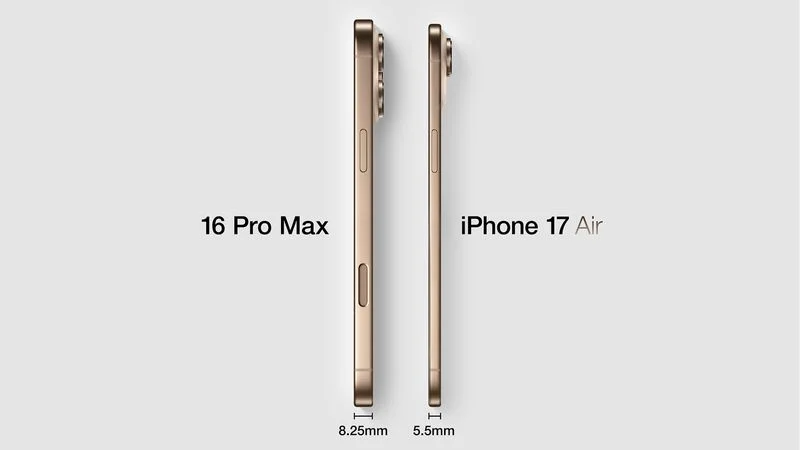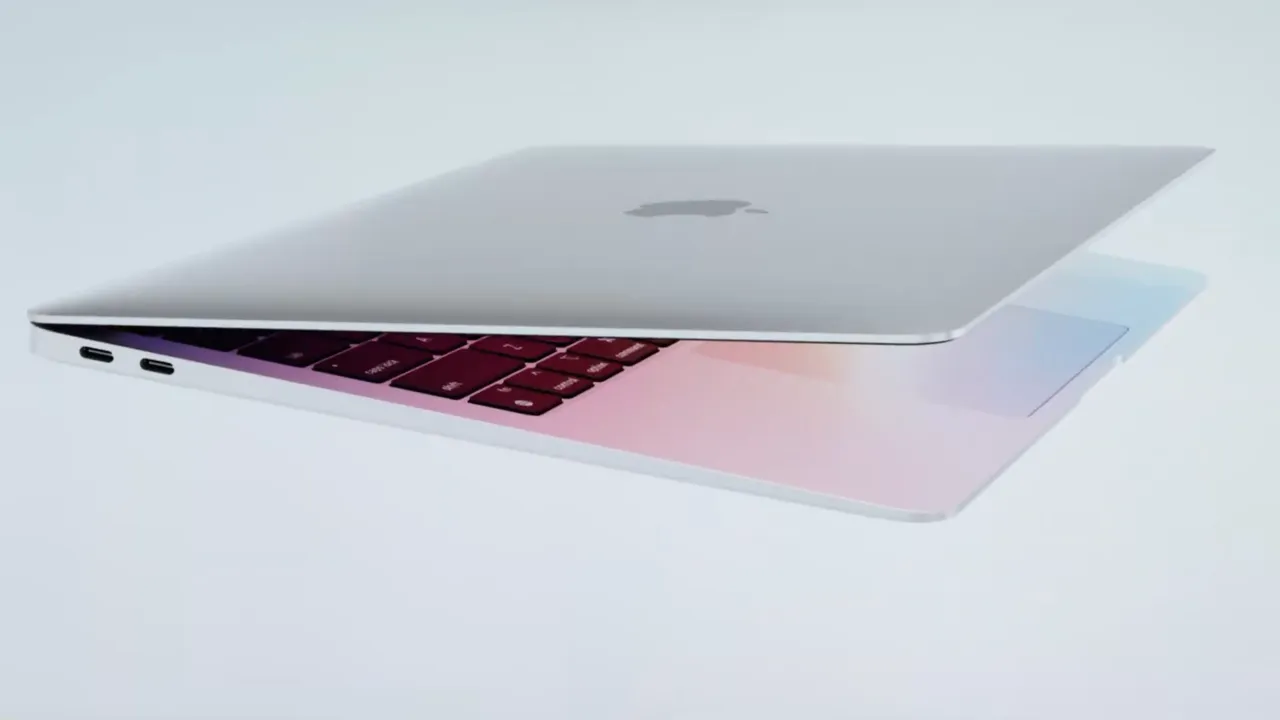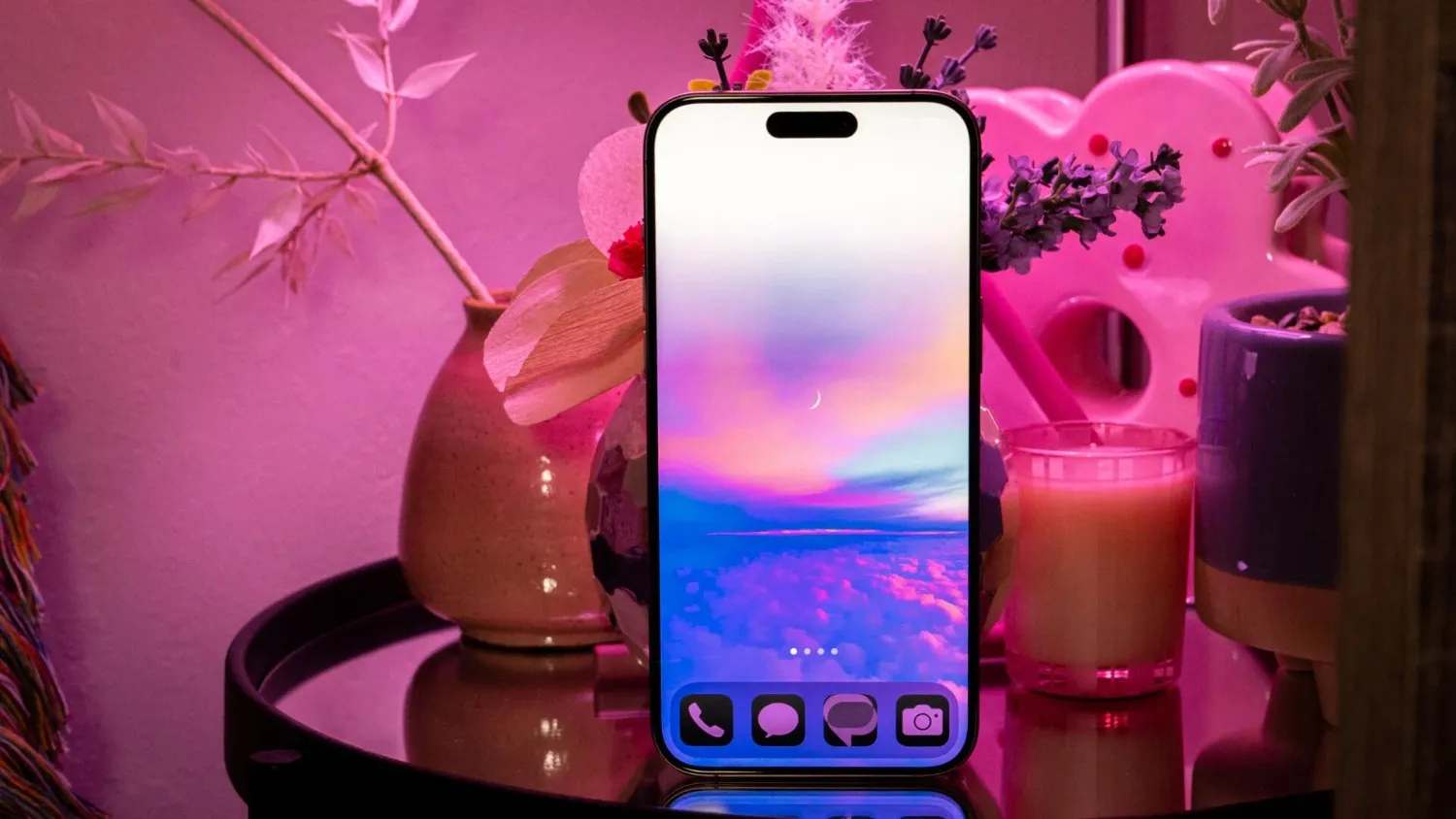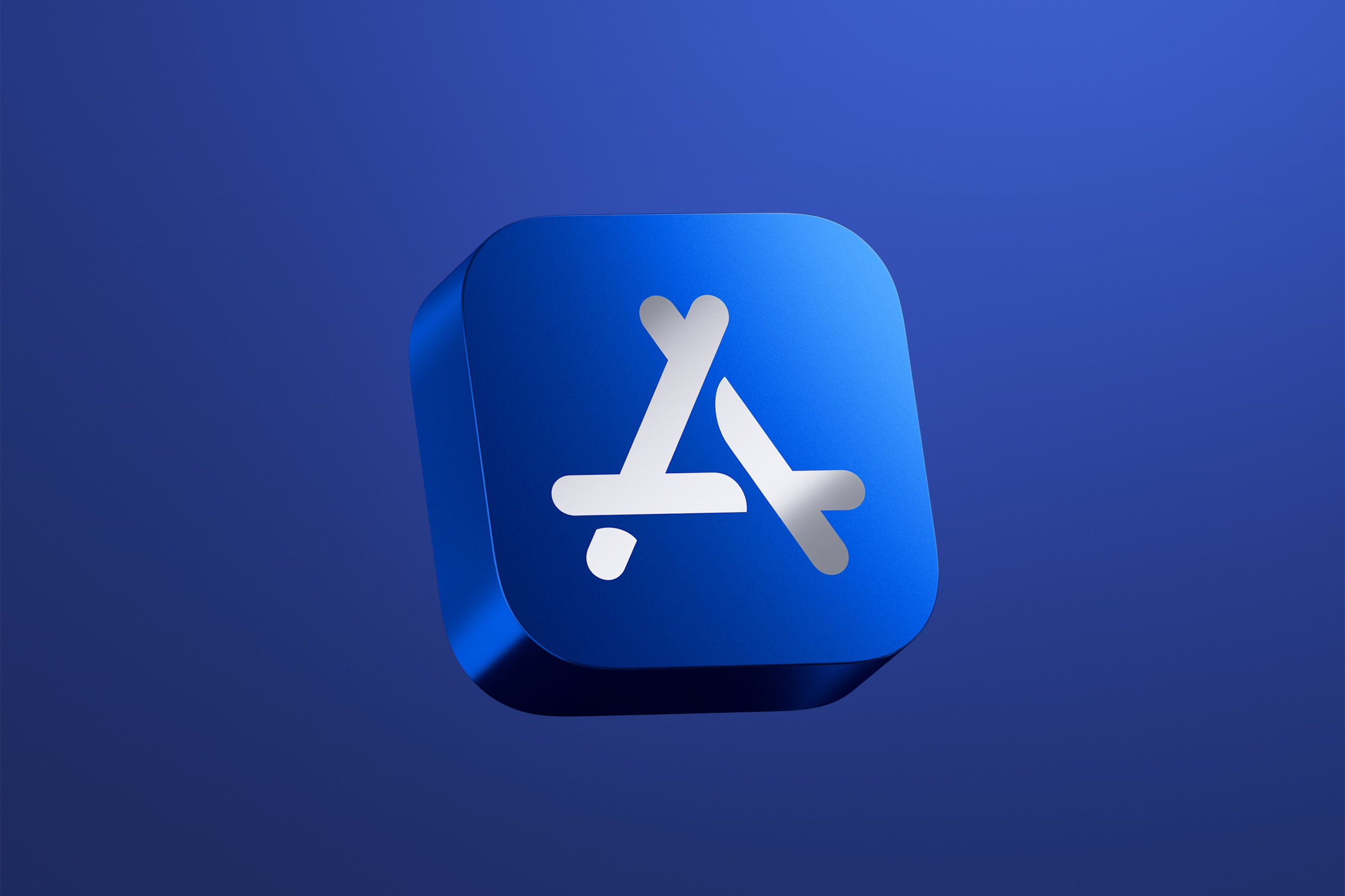A new rumor about Apple’s upcoming Foldable iPhone, expected to launch next year, focuses on its camera setup. The device, designed to fold like a book, will likely feature two 48-megapixel rear cameras, similar to the iPhone 16 Pro’s main and ultra-wide lenses.
This choice makes sense, as Apple aims to keep the foldable iPhone’s quality on par with its high-end models, especially with its rumored $2,000 price tag. While specific camera details are still unclear, the main camera might have a 24mm lens with a wide aperture and improved stabilization for sharper photos.
The foldable iPhone is said to have a 7.6-inch inner display, slightly smaller than the previously reported 7.8 inches, but with the same resolution. However, changing the screen size at this stage seems unlikely, as the device is already in an advanced development phase with Foxconn.
Production is expected to start between September and October this year, aiming for a release in late 2026. Analyst Ming-Chi Kuo and Bloomberg’s Mark Gurman both predict a launch next year, though an exact date remains unconfirmed. This premium foldable iPhone promises cutting-edge features to justify its high cost.








